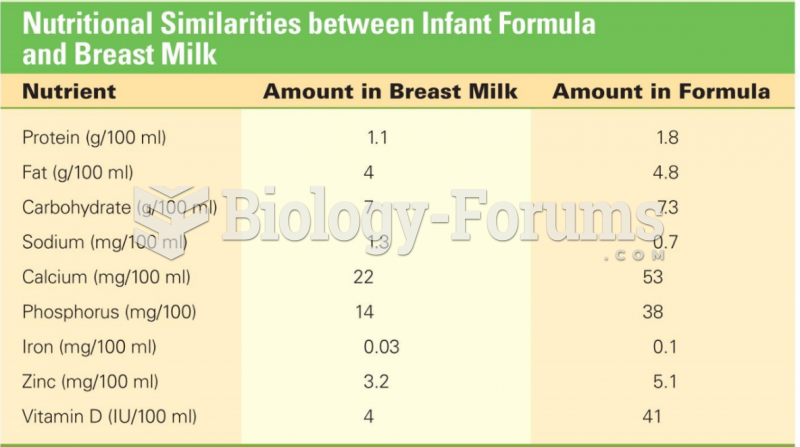|
|
|
More than 4.4billion prescriptions were dispensed within the United States in 2016.
The human body produces and destroys 15 million blood cells every second.
Green tea is able to stop the scent of garlic or onion from causing bad breath.
Looking at the sun may not only cause headache and distort your vision temporarily, but it can also cause permanent eye damage. Any exposure to sunlight adds to the cumulative effects of ultraviolet (UV) radiation on your eyes. UV exposure has been linked to eye disorders such as macular degeneration, solar retinitis, and corneal dystrophies.
More than 20 million Americans cite use of marijuana within the past 30 days, according to the National Survey on Drug Use and Health (NSDUH). More than 8 million admit to using it almost every day.







